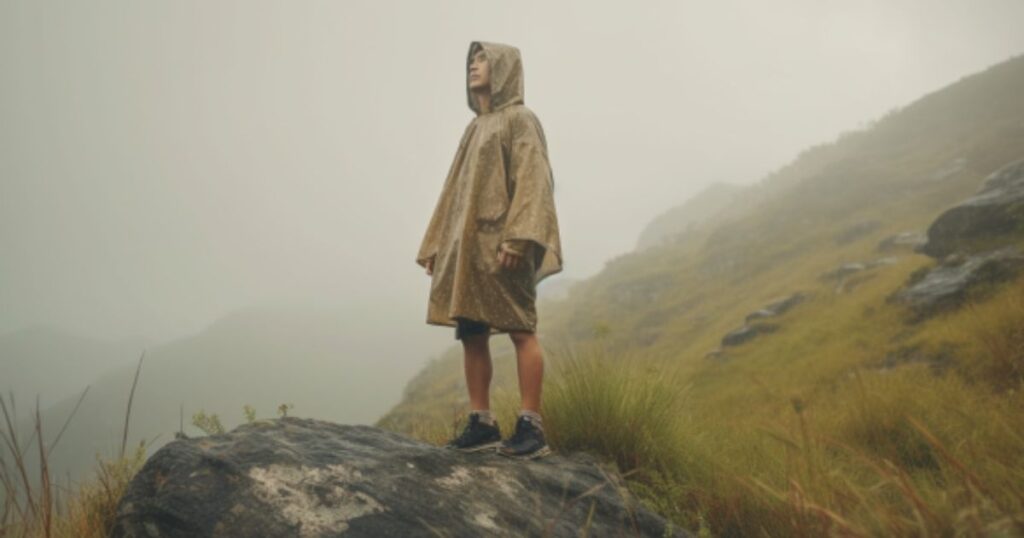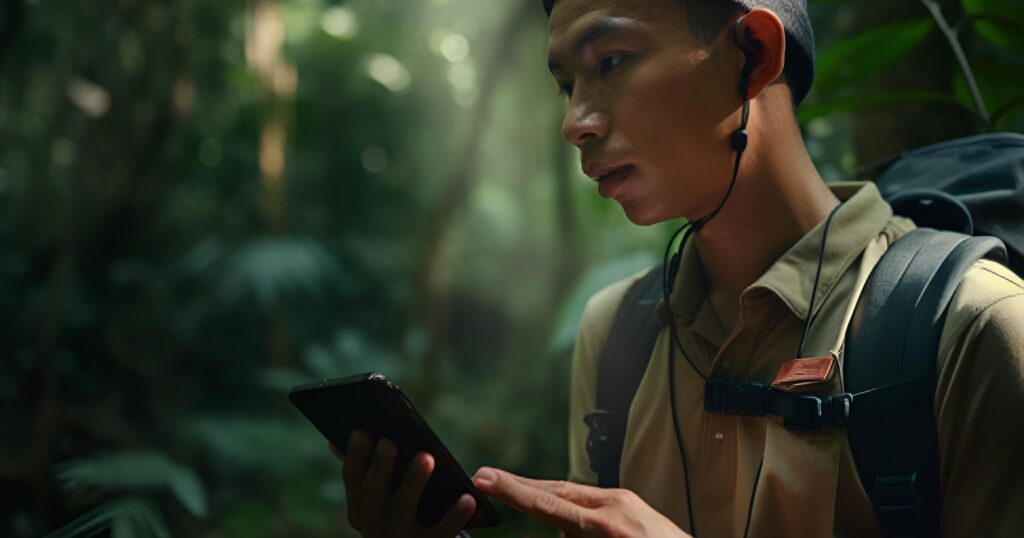- Lightweight, portable, and convenient to carry.
- Versatile and can be used for making calls, sending text messages, and accessing the internet for information and navigation.
STAY CONNECTED IN THE PHILIPPINE WILDERNESS
Make sure you have the right communication tools to keep you safe and connected in case of emergencies. Here are the top 6 types of communication tools you should consider bringing along with their pros and cons:
1. MOBILE PHONE

-
Pros
-
Cons
- Signal coverage may be limited or non-existent in remote wilderness areas, especially in the mountains.
- Battery life can be an issue if you don't have a power source for charging.
- Requires payment for talk-time minute or data.
- Fragile
2. TWO-WAY RADIOS

-
Pros
- Excellent for short-range communication in areas with no mobile phone signal.
- Rugged, reliable, and easy to use, making them suitable for group communication.
- No need to pay a monthly contract for talk-time minutes or data.
-
Cons
- Limited range and require line of sight between radios. They may not be effective in heavily forested or mountainous areas.
- Because of their widespread availability, the channels may become overcrowded with various users.
3. SATELLITE PHONE

-
Pros
- Provides global coverage, making them ideal for remote wilderness areas.
- Can be used to make calls and send messages in places with no mobile phone signal.
-
Cons
- Expensive to buy or rent and may have additional fees for usage.
- Requires a clear line of sight to the sky for satellite connection, which may be challenging in dense forests or caves.
4. WHISTLE

-
Pros
- Inexpensive, lightweight and compact.
- Requires no batteries or signal coverage.
- Can be heard from a long distance and are ideal for attracting attention in emergencies.
-
Cons
- Limited functionality and can only produce a loud sound.
- Limited range.
- They may not be effective in windy or noisy environments.
UNIVERSAL DISTRESS SIGNAL USING WHISTLE:
Blow your whistle in a series of three loud blasts, each lasting approximately 3 seconds. Give yourself a few seconds after you’ve completed the three blast pattern, and then repeat as long as you can to give yourself the best chance of being heard. This is a universal distress signal that can be heard over long distances.
5. FLASHLIGHT OR HEADLAMP

-
Pros
- Provides signaling during the night or in dark areas.
- Lightweight, compact, and can be seen from a distance.
-
Cons
- Requires batteries, which may run out of power.
- May not be effective during the day or in well-lit areas.
UNIVERSAL DISTRESS SIGNAL USING FLASHLIGHT
Make three short flashes, pause for a few seconds, and then three short flashes again. Repeat this pattern as long as you can to give yourself the best chance of being seen. This is a commonly recognized distress signal.
6. SIGNAL MIRROR

-
Pros
- Inexpensive, compact and lightweight.
- Can reflect sunlight to create a visible signal.
- Effective for signaling during the day in open areas.
-
Cons
- Requires sunlight to work and may not be effective in cloudy or shaded areas.
- Requires the user to know how to use them properly to create an effective signal.
Consider bringing a combination of mobile phone, two-way radio, satellite phone, whistle, flashlight, and signal mirror to cover different communication needs and situations. Remember to familiarize yourself with how to use these tools effectively, and always have a backup plan in case of emergencies.




















